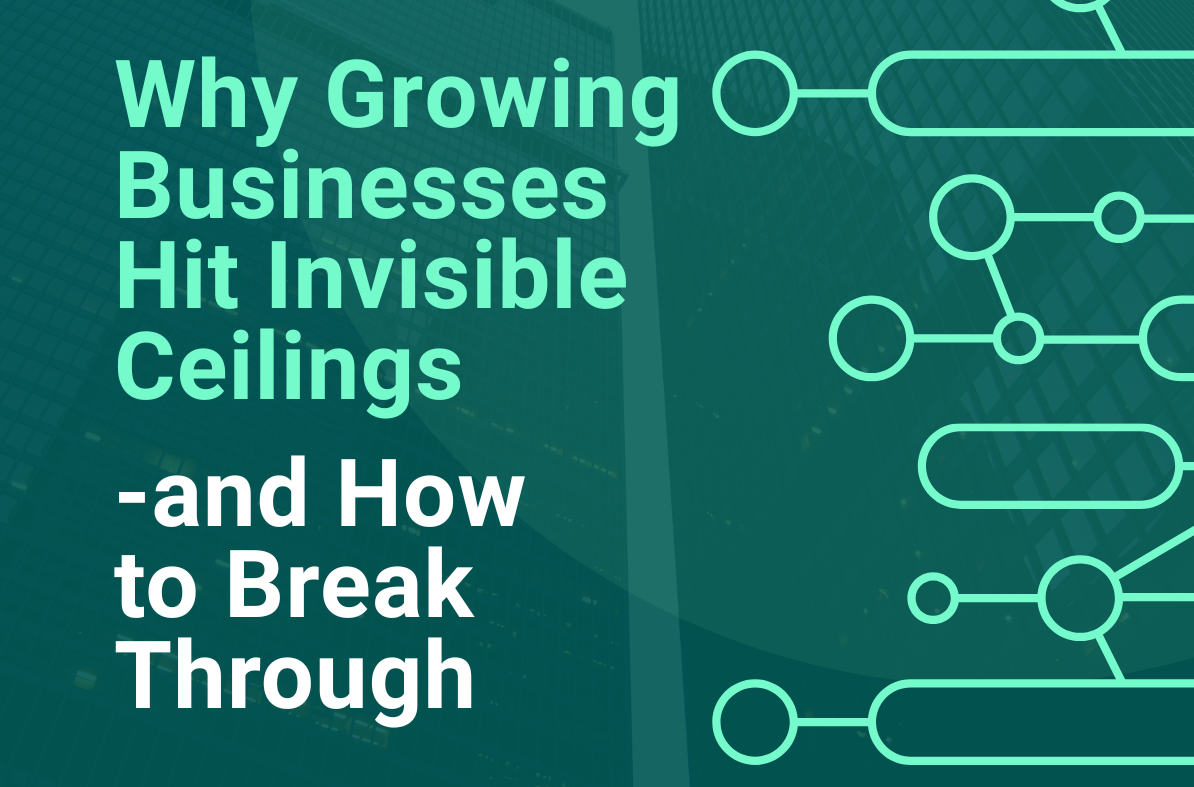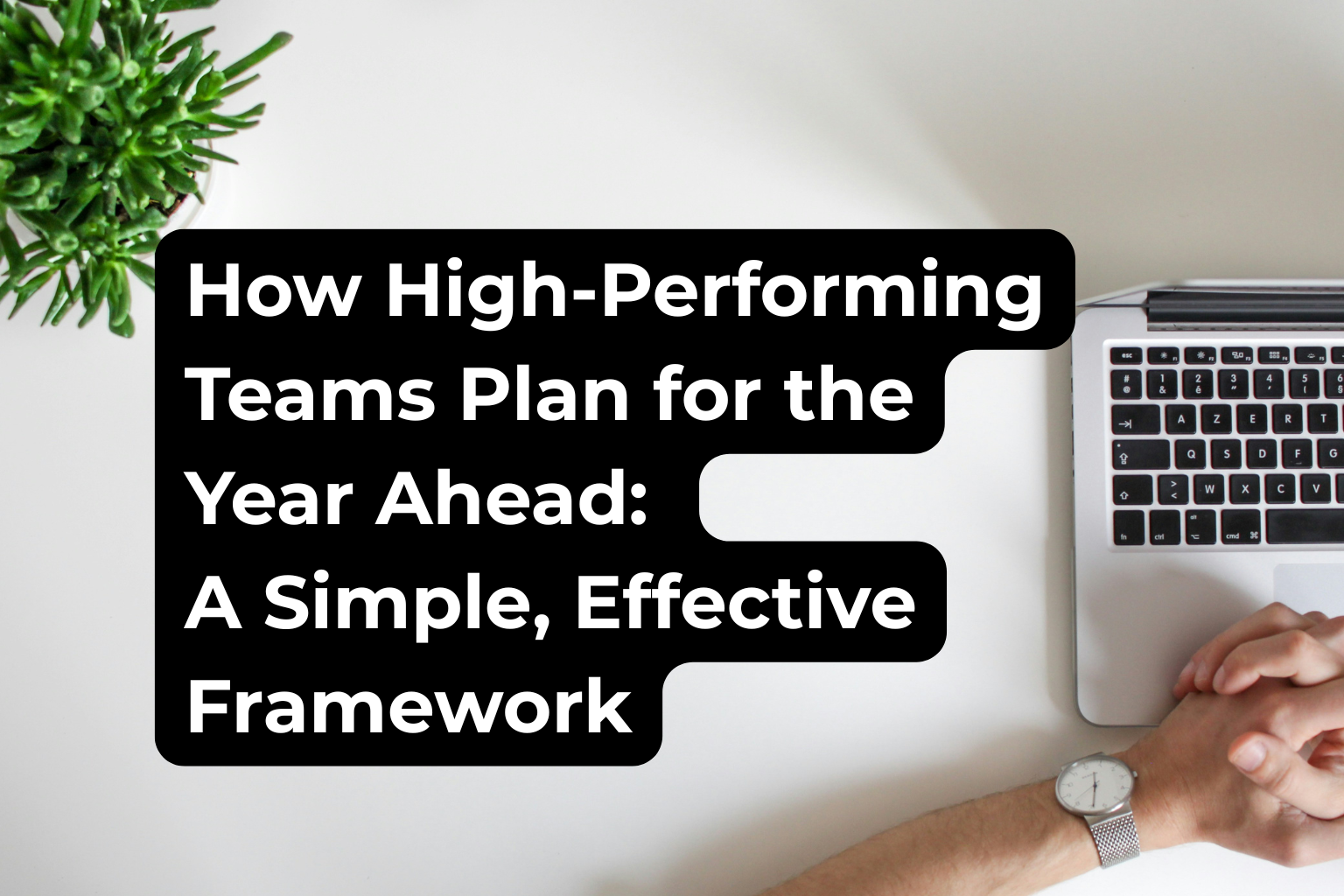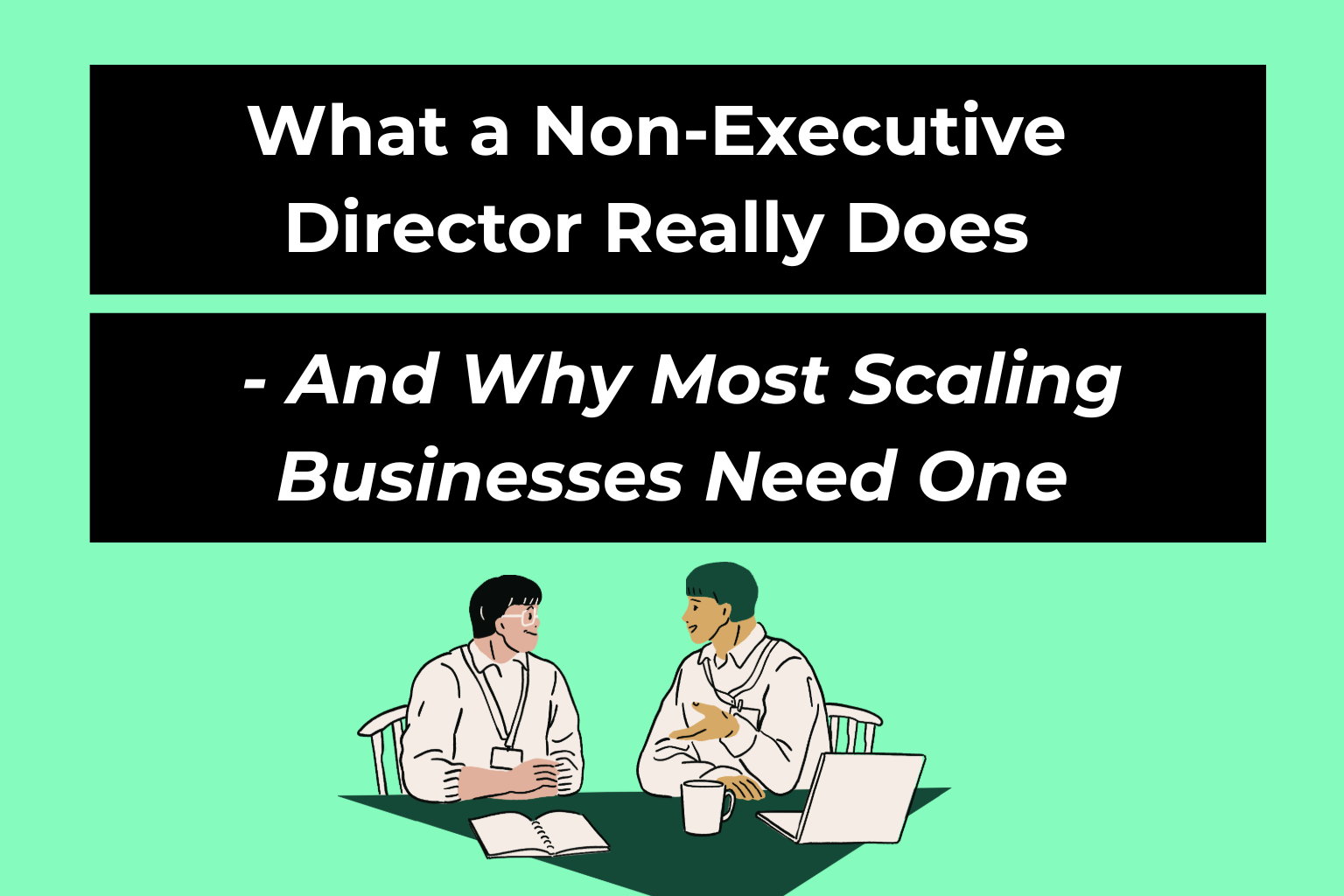At a certain stage of growth, most businesses hit an invisible ceiling. Revenue plateaus. Delivery starts to strain. The team feels stretched, even though you’re working harder than ever. It can feel like the business is stuck in a holding pattern – growing on paper, but not truly moving forward.
This isn’t a coincidence. It’s a common part of the scaling journey, and it can be overcome.
🎥 Curious what’s really holding your business back from scaling?
Watch Scaled founder, Simon Penson break down the hidden growth ceilings in under 3 minutes:
The Glass Ceilings of Growth
As businesses scale, they tend to encounter a series of inflection points—natural ceilings that appear around revenue milestones like £1m, £3m, £8–10m and beyond. These aren’t just financial thresholds; they reflect deeper challenges in how the organisation is structured, led, and equipped to evolve.
At each stage, a different level of leadership, capability, and infrastructure is required. And this is where many businesses stall, not due to a lack of ambition, but because they’re relying on the same structures, roles and people that got them through the last stage.
What Got You Here Won’t Get You There
It’s a well-known phrase, but it holds real truth in the world of scale-ups. Businesses often try to push through plateaus by tweaking operations or implementing new tools. And while process and technology can be improved fairly easily, they rarely shift the dial on their own.
The real unlock? People.
More specifically: leadership capability, role clarity, and the willingness to make strategic changes when individuals are no longer in the right seats.
The Loyalty Dilemma
In fast-growing businesses, it’s common to have team members who’ve been there from the early days—trusted, committed, and deeply woven into the company’s culture. But as the business matures, the demands of their roles may outgrow their experience.
This creates tension for founders:
- How do you honour loyalty while raising the bar?
- How do you evolve roles without destabilising the team?
- And how do you ensure the right people are driving the next phase of growth?
These are not easy conversations, but they’re essential ones.
Evolving the Leadership Layer
Breaking through a growth ceiling often requires changes at the top. That might mean bringing in a more experienced COO, a sharper commercial strategist, or someone with a deeper understanding of finance at scale.
This isn’t about replacing people, it’s about reshaping the leadership layer to match the size, complexity, and ambition of the business. And it’s a process that will likely happen more than once as the business continues to grow.
Final Thought
If your business feels stuck, even if revenue is steady, take a closer look at your leadership structure. Ask yourself:
“Are we still relying on the people and practices that got us here, even if they’re not what we need to go further?”
The answer to that question may be the key to unlocking the next stage of your growth.



